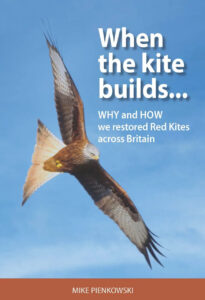 When the Kite Builds…: Why and How We Restored Red Kites Across Britain is an informative and comprehensive examination of the project to reintroduce red kites to England and Scotland. Mike Pienkowski, the chairmen of this project, describes why the decision was taken and how it was implemented, as well as examining the success of the experiment and exploring the outcomes from this success. Chapters cover how nestlings were collected and imported, how the kites were reared, the initial survival after release, education and public awareness, and much more.
When the Kite Builds…: Why and How We Restored Red Kites Across Britain is an informative and comprehensive examination of the project to reintroduce red kites to England and Scotland. Mike Pienkowski, the chairmen of this project, describes why the decision was taken and how it was implemented, as well as examining the success of the experiment and exploring the outcomes from this success. Chapters cover how nestlings were collected and imported, how the kites were reared, the initial survival after release, education and public awareness, and much more.
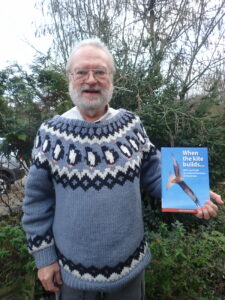
Below is our interview with Mike Pienkowski, where we discuss how he became involved in this project, whether population recovery would have been possible without reintroduction, how the increase in red kites has impacted or enhanced the British countryside, and more. When the Kite Builds… was published in February 2023.
Dr Mike Pienkowski will be signing copies of his book at the NHBS stand, number S107, in Swallow Marquee at Global Birdfair on Saturday 15th of July between 2–3pm.
When the Kite Builds… is a comprehensive overview and analysis of the project to restore red kites to Britain. How did you become involved in this project and why did you decide to write this book?
From the mid-1980s, I was Head of Ornithology at the Nature Conservancy Council (then the UK Government conservation agency). NCC was struggling to implement legislation which it had not drafted, and which tended to give the false impression that conservationists were always negative to others. Among a review of all the projects we needed to meet bird conservation needs, I wanted to include something clearly positive and cooperative. There were at the time three globally threatened bird species which occurred in Britain. One was red kite, whose range was now restricted to Europe, and declining across most of it. Red kites had been common across Britain in the Middle Ages, and valued as the recycling agents of the time, clearing bodies from city and countryside, but had later been exterminated from England, Scotland and Ireland, with just a tiny isolated and interbred population surviving in central Wales involving intense protection. Could we restore red kites across Britain? Colleagues in RSPB had been thinking along similar lines, and we formed a joint project team, which I chaired. From 1984, we researched all aspects and began an experimental introduction in 1989. When this proved successful by 1995, we encouraged others to use our methods in other appropriate locations across the country.
I wanted to document the process, the full story of what one reviewer described as “a mixture of science, politics and luck” – especially as there have been few books addressing all aspects of science-based conservation projects. I had started the book in the mid-1990s – but various things intervened. I went back to it a couple of times and finished it during lockdown. It is actually a much better book now than it would have been 25 years ago, both because we can see the real outcomes and I can be more open now than would have been possible then.
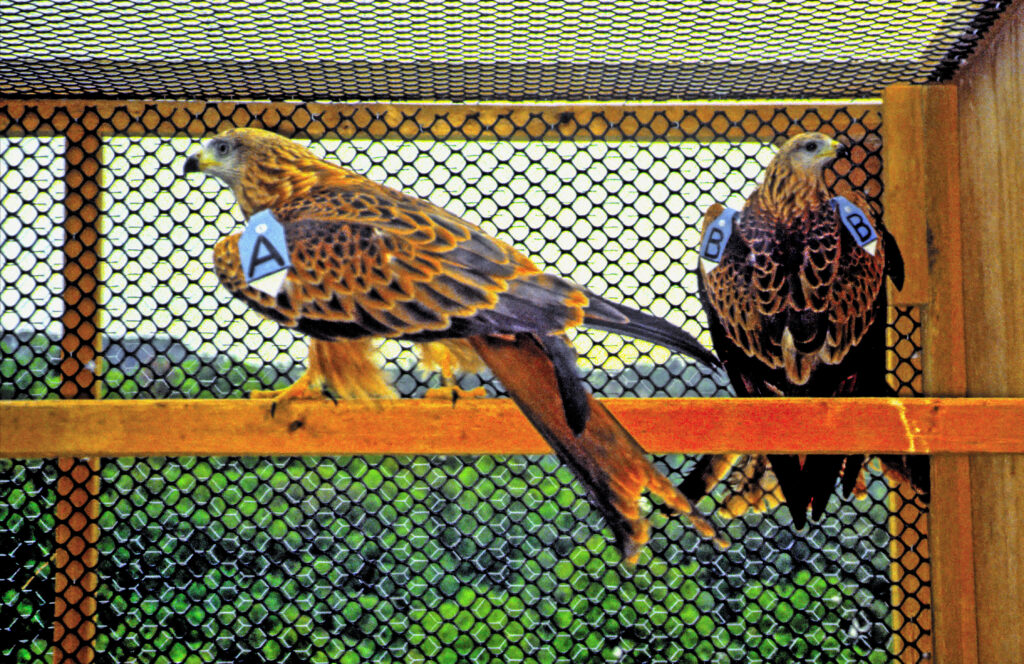
Chapter 10 discusses education and public awareness, especially among landowners and gamekeepers. Do you believe that population recovery would have been possible without reintroduction through extensive campaigns to educate the public to reduce persecution and increase suitable habitats or was the existing population too small to be viable?
I think that the two elements worked together. In fact, we planned in the hope that they would. Although we considered that, in much of the country, illegal persecution was much reduced, making releases viable, we knew that this was not the case everywhere and, especially when the young kites dispersed, that we would probably lose a few to this vile activity (which by far the majority of land-owners and game-keepers deplore). We found that the public were horrified by deaths from such causes, particularly of birds imported to correct previous human errors. We are grateful to the public, police and public health authorities for securing several successful prosecutions. These and the campaigns did lead to a reduction in such activity. This has allowed not only red kites but also other species, such as buzzard and raven, to repopulate some of their former ranges.
There have been reports that the illegal killings of birds of prey have been surging across the UK in recent years. Has this affected the red kite populations, and do you think it will impact the success of any other bird of prey species’ reintroductions?
Despite the overall positive trend in decent decades, illegal killings have continued, particularly in certain regions of the country, particularly those with many moorland shooting estates. Whilst most estates are probably law-abiding, it does not take many to devastate a bird of prey population. This is not limited to reintroduction projects but applies strongly to some species, such as the hen harrier, which would be doing so much better without this activity. In the same areas that hen harriers suffer, individuals of other species, including red kite and buzzard, do not survive long. Such higher mortality is why the red kites released in the Black Isle in the north of Scotland increased in population size at a much slower rate than did those in the Chilterns in the same experimental phase of the project. Despite these problems, red kites in the UK now account for well over 10% of the world population. Hen harriers suffer because they are more restricted in habitat than red kites, and this habitat is the centre of most remaining illegal persecution.
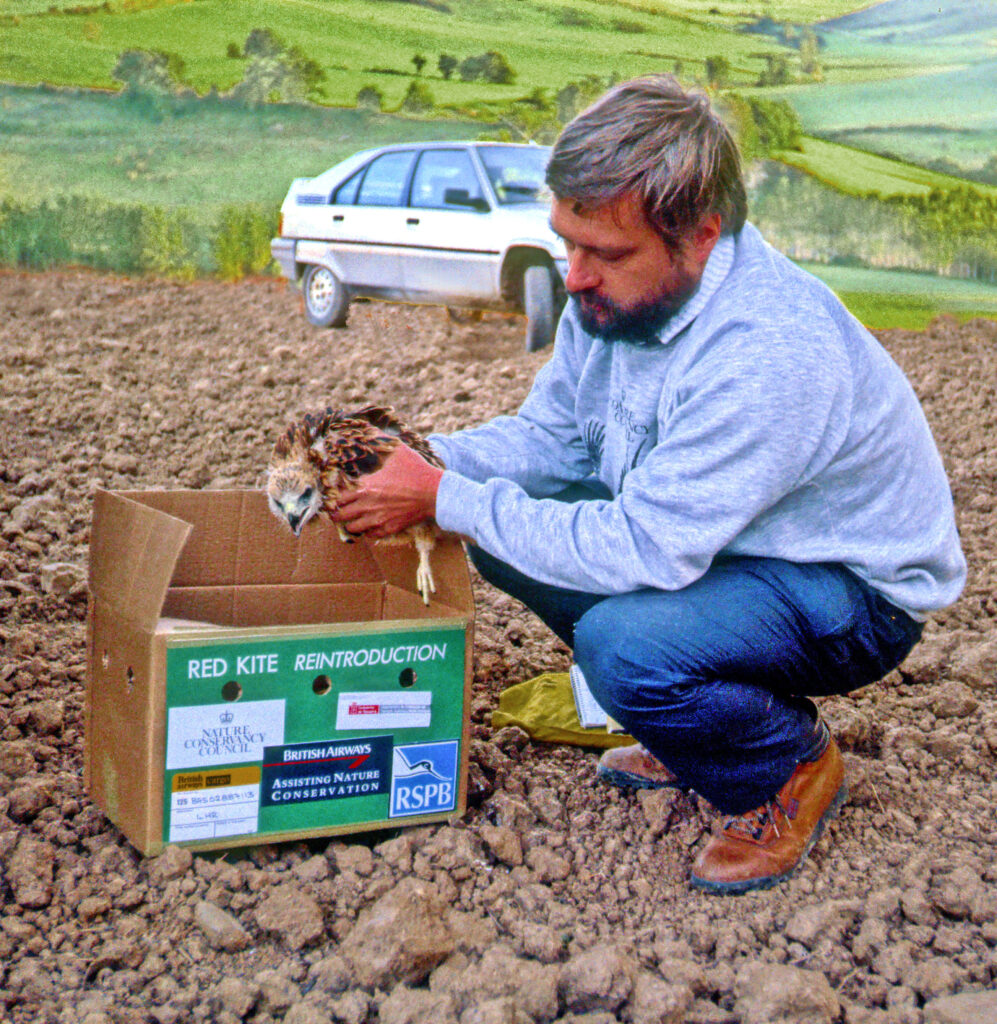
How has the increase in red kite populations across Britain impacted or enhanced the countryside?
I may be biased, but I see that most people seem to agree that it is an enhancement. The fact that the red kites increased at a rate at the upper limit of our models shows how well they still fit in, after their absence of over 100 years. In general, it does not seem to be at the cost of other species, The nearest in ecology to them, buzzards, have been spreading as well, as I mentioned earlier. In a few urban areas, there have been complaints about kites diving at people. However, it seems that this has occurred only in certain town areas where some people have ignored our advice not to provide food. This leads to a range of problems for the kites and other humans. Overall, people seem to be delighted to experience such beautifully coloured birds of prey, with their amazing aerobatic ability, due to their huge wing area but relatively small, light bodies.
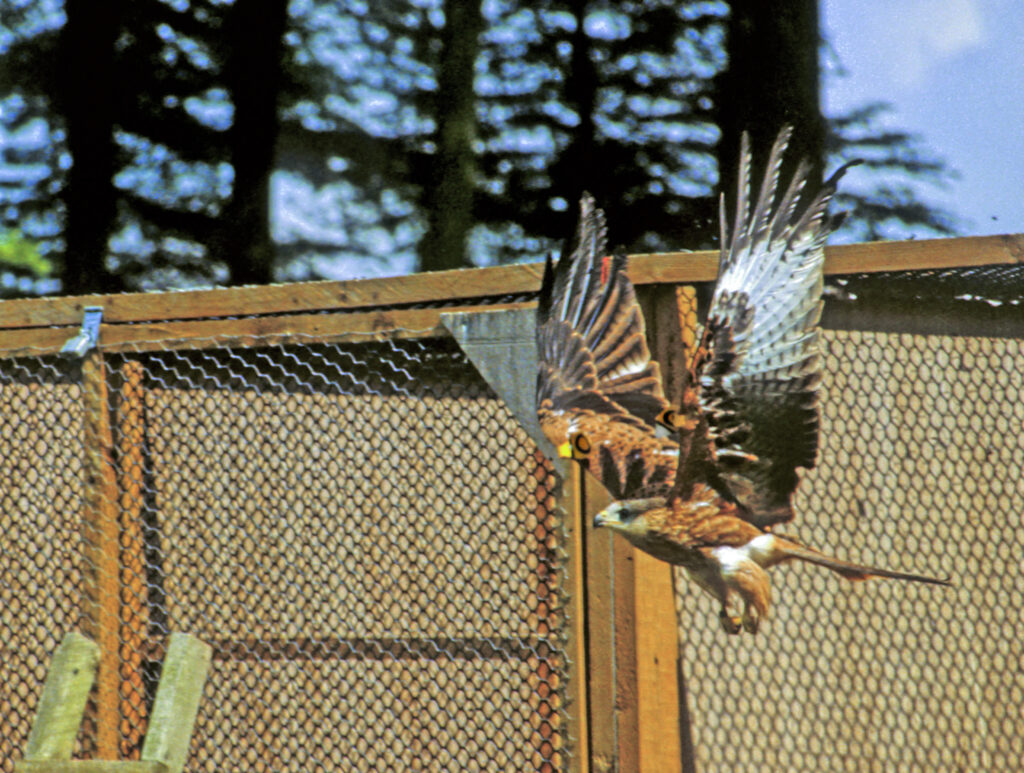
Chapter 12 discusses the reintroductions and recovery programmes of other species of wildlife. Are there any species that you hope will be reintroduced to the UK soon?
There is not a one-size-fits-all solution; each species needs individual study, assessment and outreach. I think that beavers have largely proved the case for themselves (with a little help from open-minded humans), and a human-led exercise for white storks seems very promising. I think that the cases are strong for pine marten (especially if, like me, one would like to see the range of red squirrels restored) and for lynx (a medium-sized cat very shy of humans, which might help address the problems that the over-population of deer pose to tree saplings). As the book indicates, there are others waiting in line, once we build further confidence with these. Britain’s wildlife populations are hugely depleted due to human actions, and we now have the methods to bring some back, if we have the will.
What do you believe are the key barriers to successful reintroductions and species restorations in the UK? How have these changed since the red kite restoration began?
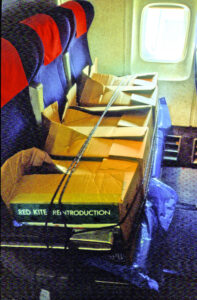
The red kite restoration faced the problem in attitude that many people thought that such things could not be done, and certainly not in densely populated south-eastern England. That is now overcome. However, we must always start from the objective: reintroduction is one of a range of methods that can be deployed. It is best (and least expensive!) not to lose species in the first place. But we are still doing so, whether it be hen harriers or breeding waders (just staying in the world of birds). We need to reverse the serious habitat changes, such as excessive drainage or illegal persecution, as immediate priorities. Even for those species lost to Britain (or elsewhere) and which we wish to reintroduce, before doing so, we need to ensure that there is suitable habitat. The book gives examples of where habitat needed restoration first. One also needs to meet other internationally agreed criteria including avoiding threat to the source population.
Do you have any future projects that you can tell us about?
Most of my work nowadays is as the honorary Chairman of the charity UK Overseas Territories Conservation Forum. Britain is internationally important for wildlife, but its Overseas Territories (UKOTs) are even more so. However, these are small places, with small human populations and small economies – so they are hugely underfunded. In fact, all proceeds from the sale of ‘When the Kite Builds…‘ are going in support of this charity’s work. UKOTCF encourages others to undertake conservation work in support of UKOTs, such as the marine protected zones of Pitcairn, Tristan da Cunha, Ascension and St Helena, and the restoration of South Georgia and Ascension. UKOTCF’s in-house projects, always with local partners, include both liaison work across UKOTs and projects with individual territories, such as our current project in Montserrat, ‘Adopt a Home for Wildlife’, empowering local residents and communities to take a lead in managing areas to support conservation.
 When the Kite Builds…: Why and How We Restored Red Kites Across Britain was published by UK Overseas Territories Conservation Forum in February 2023 and is available from nhbs.com
When the Kite Builds…: Why and How We Restored Red Kites Across Britain was published by UK Overseas Territories Conservation Forum in February 2023 and is available from nhbs.com






